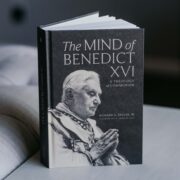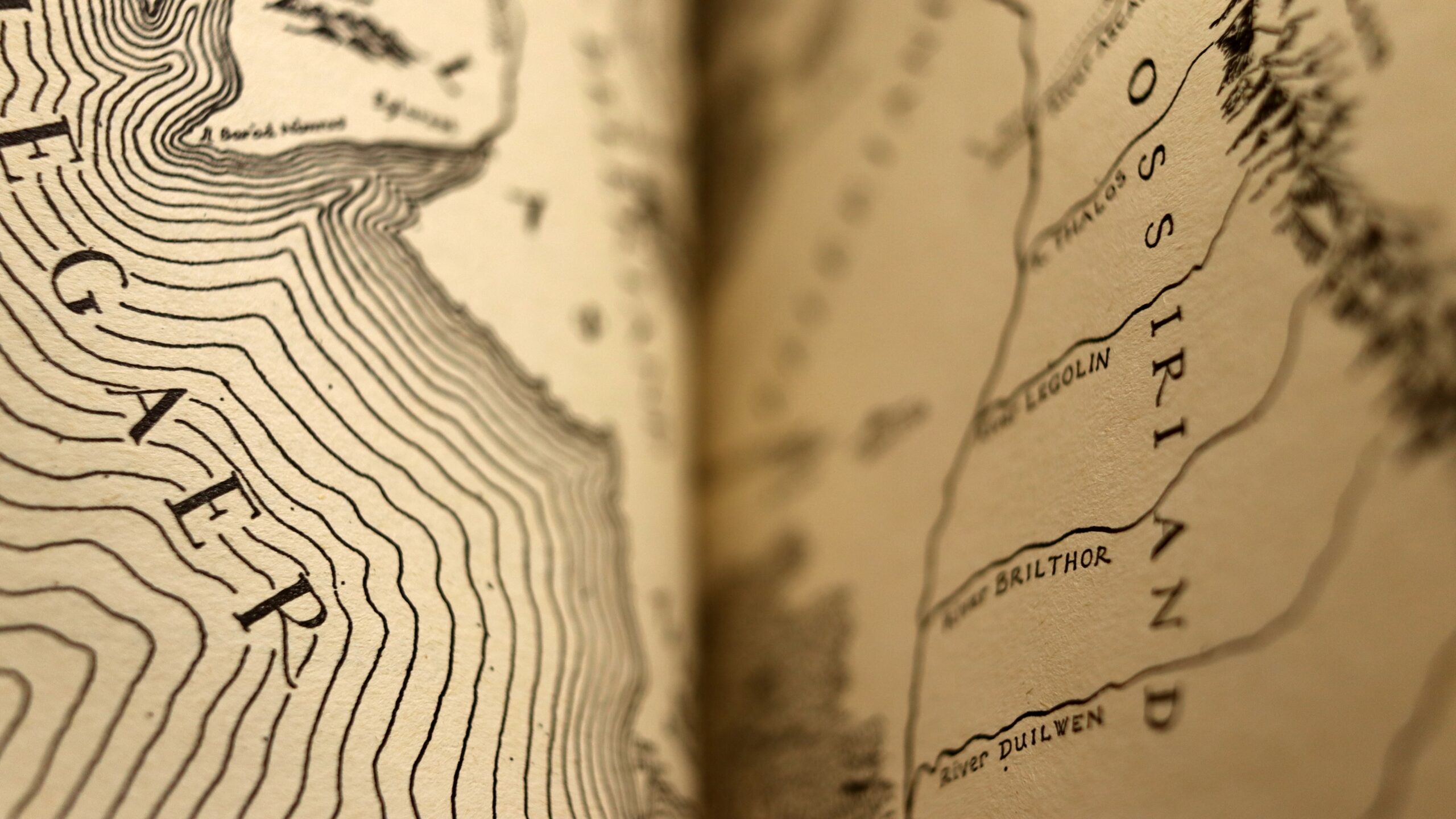Millions of readers all over the world have enjoyed countless hours of delight from immersion in the imaginative world of Middle-earth. The entry-points into Tolkien’s work are many and varied: for some of us, it might have been reading The Lord of the Rings or watching Peter Jackson’s epic film adaptation, for others, having The Hobbit read to them as a child; or more recently, seeing (or hearing about) the television series inspired by his legendarium, The Rings of Power. Whatever route we’ve taken to the imaginative world of J.R.R. Tolkien, one thing holds true for every reader and enthusiast of his work: there is a lot more to discover and enjoy.
There are many books written about Tolkien’s life and works, providing the opportunity to gain a fuller and richer understanding both of him as a person and what makes his work so compelling. Done well, a biography enhances our enjoyment of a writer’s work: we return to their fictional worlds with more appreciation and insight. But where should an interested reader begin?
We are fortunate that we can begin by hearing Tolkien in his own voice through his letters. As his daughter, the late Priscilla Tolkien, put it, her father’s letters are of great interest because they offer “an authentic means of understanding” him, for “his letters are his authentic, conscious voice.”1 Tolkien’s letters are a delight to read and an exceptionally valuable source of insight into his life, personality, and creative imagination. The current edition of The Letters of J.R.R. Tolkien is a treasure-trove, but it contains only 354 letters (many of them only short extracts) out of the thousands that Tolkien is known to have written. It is, therefore, very exciting indeed that in November of this year, an expanded edition of the Letters is being released, containing over 150 letters cut from the original selection to make it, in the publisher’s view, a manageable length to publish.
References to Catholic faith and practice are abundant in the Letters but are missed or not understood by many readers.
The obvious next step would be to read a biography of Tolkien, but this choice isn’t as straightforward as it might seem. Humphrey Carpenter’s 1977 biography J.R.R. Tolkien was authorized by the Tolkien Estate, and Carpenter is as yet the only biographer to have been given full access to all of Tolkien’s unpublished letters and diaries. However, he wrote the book very quickly, in only two years, in spite of having an exceptionally large amount of material to deal with (in Tolkien’s often very difficult handwriting).
By his own account, he had a hard time understanding his subject: in an interview, he remarked that he had begun the biography seeing Tolkien as “this rather comic Oxford academic—the stereotype absent-minded professor. . . . But as the book went on, I realized he wasn’t like this at all. He had had a very strange childhood. His mother had died early (his father was already dead) and he was brought up by a Roman Catholic priest. . . . And my caricature of the Oxford academic clashed with his [sic], and I never resolved it properly.”2 As a result, though Carpenter’s account is invaluable as a source of information for the study of Tolkien’s life, it’s far from being a definitive account and should be supplemented with other perspectives.
A must-read for all serious Tolkien enthusiasts is John Garth’s magisterial Tolkien and the Great War: The Threshold of Middle-earth. Garth explores with depth and insight (and new research) the way that Tolkien’s experience of World War I—a cataclysmic event, in which most of his close friends were killed—shaped his writing of the whole legendarium of Middle-earth. Garth, the leading Tolkien scholar of the present day, has also delved into Tolkien’s undergraduate years (in Tolkien at Exeter College) and explored the places that inspired Tolkien, in The Worlds of J.R.R. Tolkien: The Places that Inspired Middle-earth. The latter volume, which is lavishly and beautifully illustrated, is particularly helpful for introducing readers to Tolkien’s historical and cultural context—the places he lived, or visited, or read about that were so important for the formation of his legendarium.

One of the areas that has hitherto been largely unexplored by biographers is Tolkien’s spiritual life: what he believed as a Christian, what his faith meant to him, how it developed over the years, and the way it was expressed in his writings, not overtly, but in a subtle and nuanced way. References to Catholic faith and practice are abundant in the Letters but are missed or not understood by many readers. The detail and texture of his life as an English Catholic in the early to middle twentieth century, in Birmingham and Oxford, is completely unfamiliar to most Americans. That’s the subject that I address in detail in Tolkien’s Faith: A Spiritual Biography, which was released in time for the fiftieth anniversary of Tolkien’s death, on September 2, 2023. (On Word on Fire’s page for the book, you can watch a set of seven short videos previewing various aspects of the book, as well as two interviews.)
As one last suggestion: anyone who has read this far undoubtedly has copies of their favorite Tolkien books on their bookshelves, but it’s worth noting the recent publication (or planned publication) of editions of The Lord of the Rings, The Hobbit, and The Silmarillion that feature Tolkien’s own illustrations. He was a talented artist in his own right, and though his art has been published in various coffee-table books, it’s great fun to see it interwoven into the reading experience: to catch a glimpse of Middle-earth as Tolkien saw it.
1. Priscilla Tolkien, “The Letters of J.R.R. Tolkien.” Talk given to the Oxford C.S. Lewis Society, April 30, 1991.
2. Humphrey Carpenter, “Learning about Ourselves: Biography as Autobiography,” in The Art of Literary Biography, ed. John Bachelor (Oxford: Clarendon, 1995), 270. For more on Carpenter as Tolkien’s biographer, see my Tolkien’s Modern Reading: Middle-earth Beyond the Middle Ages, chapters 1 and 12 in particular.
